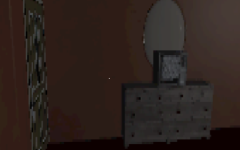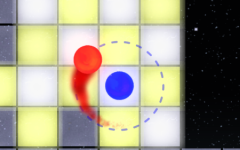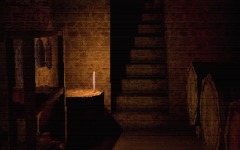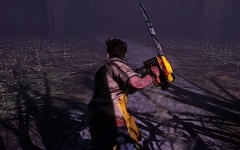Advertisement
HELLMART
Advertisement
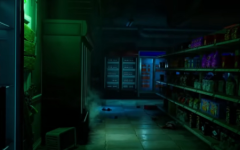
Hellmart introduces the player as a worker assigned to manage a small convenience store located in isolation. The job begins simply—unload stock, check the register, assist customers, and keep the area clean. The environment feels controlled and systematic during the day, but every completed task builds toward the uncertainty of the night shift. The transition from ordinary to unpredictable defines the structure of the experience and determines how each shift will unfold.
Daily Structure And Player Role
During the day, Hellmart emphasizes organization. The player must handle routine duties that affect later survival. Every decision has weight: how shelves are stocked, which items are prioritized, and how much energy remains for nighttime operations. The player learns to prepare efficiently, understanding that neglecting even a single step can produce unexpected results when conditions change after sunset.
Core Cycle Of Play
Hellmart functions through a repeated structure where cause and effect drive progress:
- Complete standard work tasks and meet operational goals
- Manage limited storage and track supplies
- Observe customer actions for irregular behavior
- Prepare the facility before closing time
- Survive and maintain control during the night phase
This framework links two layers of gameplay—daytime management and nighttime endurance—into one continuous loop.
Transition And Challenge
When darkness arrives, the focus moves from business to self-preservation. The store becomes unpredictable, and the systems built earlier are tested under stress. The player must monitor power, lighting, and entry points while balancing routine duties that cannot be ignored. Mistakes from earlier shifts reappear as obstacles, showing how oversight compounds into risk. Hellmart builds tension through function rather than spectacle—its fear comes from maintaining control in an unstable structure.
Meaning And Approach
Hellmart demonstrates how ordinary processes can become systems of pressure when context changes. It treats work as both routine and risk, asking the player to think methodically under strain. The goal is not simply to survive but to maintain efficiency across repeating cycles. Each shift serves as an experiment in preparation and response, turning a simple store into a model of endurance, planning, and adaptation through discipline.






















































































































